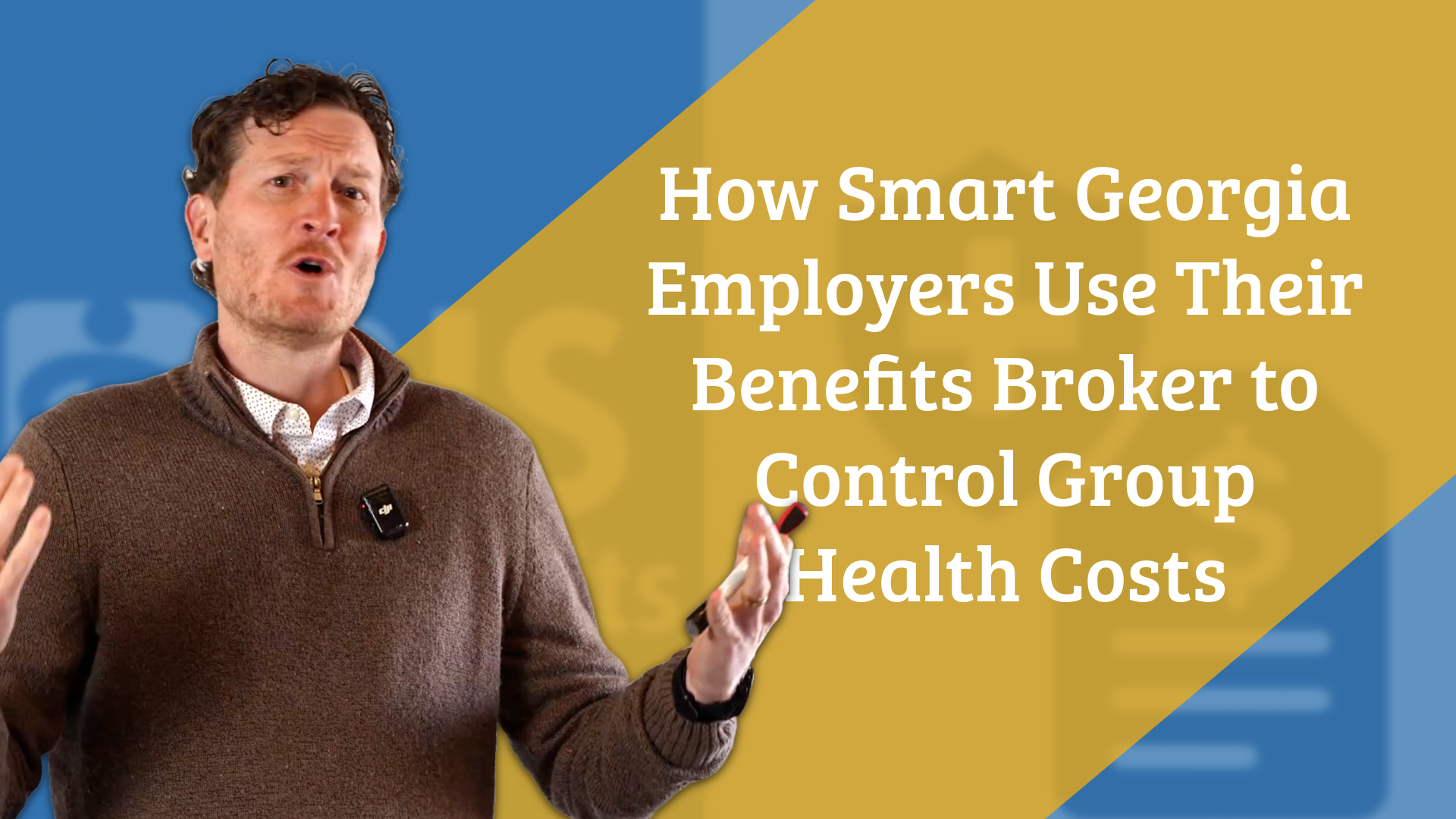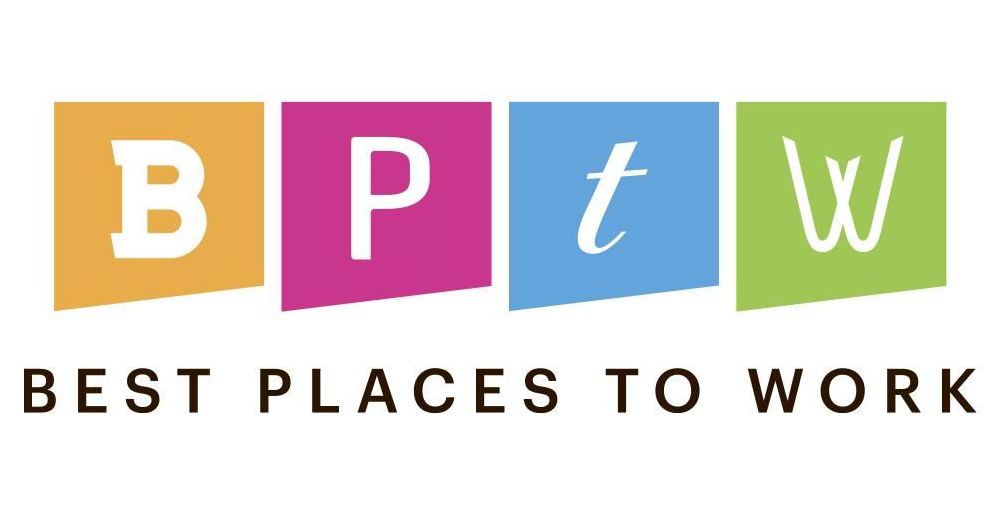Commercial Excess Liability Coverage vs Umbrella Liability Coverage
As a business owner, one of the most important things to understand about insurance is that not all types of coverage are created equally. Case in point: commercial excess liability and umbrella insurance. What are the major differences between each one and which is right for your business? The answers to those questions are straightforward, but they also require you to understand a few key things about these policies in general.

What is an Underlying Policy?
In the insurance field, the term "underlying policy" simply refers to all insurance policies that provide coverage against the type of risks that businesses are likely to face on a daily basis. Commonly, this is used to describe the primary policy that protects an organization from things like liability claims. You pay a certain amount of money per month for a set amount of coverage (also referred to as your "limit") and you get to rest easy knowing that even if something devastating happens, you're still covered from a potentially catastrophic financial fallout.
What is Commercial Excess Liability Coverage?
Commercial excess liability insurance, as the name implies, extends the limits of an underlying policy. It doesn't change the amount of coverage that you have from your existing liability insurance. Rather, it simply offers additional coverage up to whatever the amount is that you've chosen to purchase.
All told, this is a type of insurance protection intended to cover unexpected events that could be financially devastating to your business. These include things like damage resulting from automobile accidents in company vehicles, liability claims, and more.
What is Commercial Umbrella Insurance?
In a commercial setting, umbrella insurance is a type of policy that helps to cover any claim that may be larger than the limits of a pre-existing underlying policy. If you have a general liability policy with a $100,000 limit and a claim is filed for $150,000, for example, that umbrella insurance policy would kick in at a certain point and help account for the difference.
Depending on the situation, this additional coverage can help with the costs of a wide range of different things. These include but are not limited to scenarios like:
- Legal bills
- Medical expenses
- Expenses related to damage to someone else's property
- Judgments
- Settlements
- Class action product and construction lawsuits
- And more
Find What's Right for Your Business
At BIS Benefits, we understand that there is no "one size fits all" approach to obtaining the right insurance coverage or your business. Every organization is unique, which is why you must first find a partner who is capable of pulling together the coverage you need to account for your specific risks. Only then will you be able to guarantee you have the protection you need when you need it the most.
If you'd like to find out more information about commercial excess liability vs umbrella insurance, or if you have any additional questions you'd like to speak to a professional about in more detail, please don't delay -
contact BIS Benefits today.










